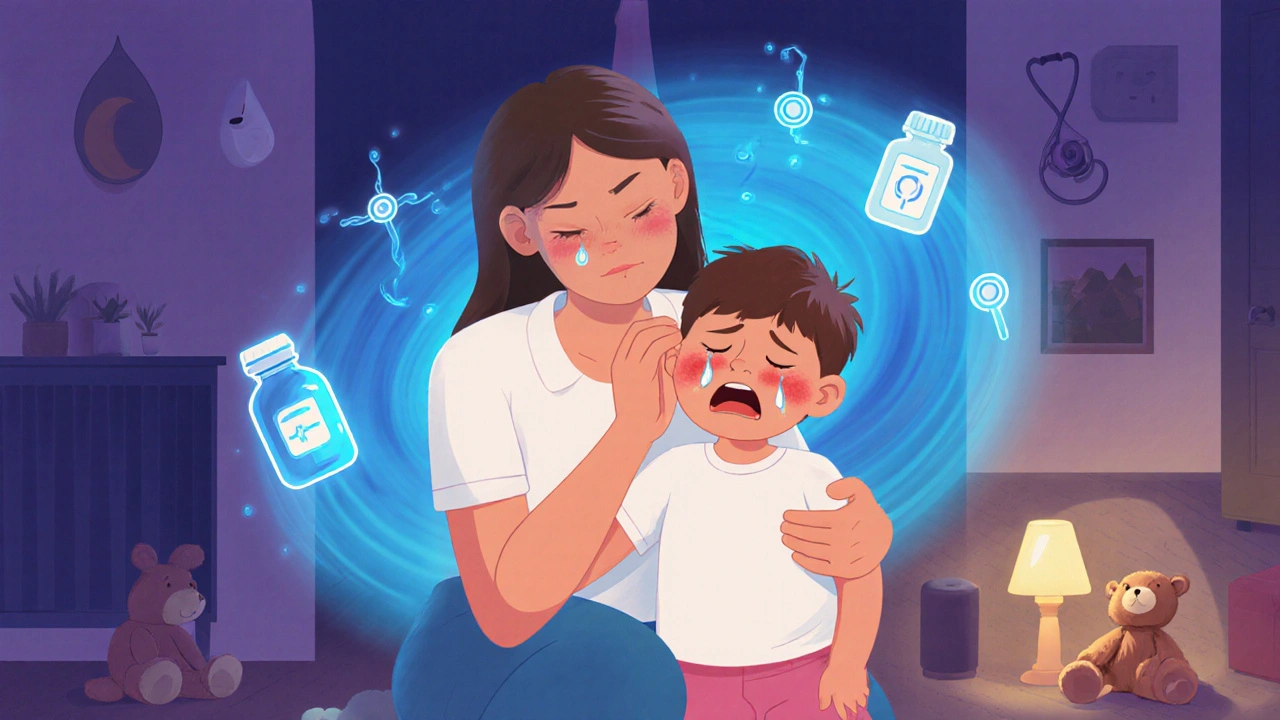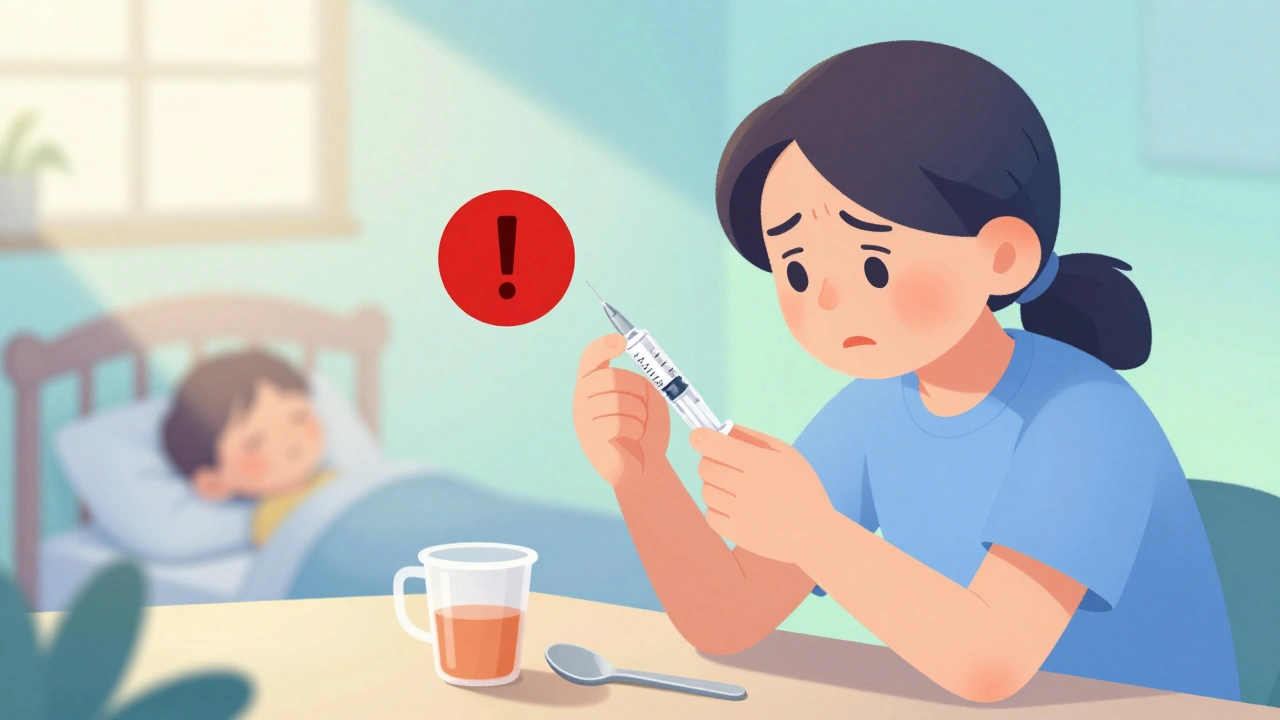Otitis Media: Understanding Ear Infections in Kids and Adults
When your child tugs at their ear, cries during feeding, or seems unusually fussy, it might be otitis media, an infection or inflammation of the middle ear, often caused by bacteria or viruses that travel from the nose and throat. Also known as middle ear infection, it’s one of the most common reasons parents take kids to the doctor — especially under age 5. But adults get it too, especially after colds or allergies that block the Eustachian tube, the small passage that drains fluid from behind the eardrum.
Not all ear pain means otitis media. Sometimes it’s just wax buildup or a swimmer’s ear (outer ear infection). But with otitis media, you’ll often see fluid trapped behind the eardrum, causing pressure, muffled hearing, and sometimes a fever. In babies, it can show up as trouble sleeping, pulling at the ear, or irritability. Older kids and adults may complain of ear fullness, popping sounds, or even drainage if the eardrum bursts — which sounds scary but often means the pressure is releasing and healing is starting.
Antibiotics are commonly prescribed, but not always needed. Many cases clear up on their own, especially in older kids. Doctors now often recommend watchful waiting for 48 to 72 hours if symptoms aren’t severe. Pain relief with ibuprofen or acetaminophen, warm compresses, and staying hydrated can help a lot. If infections keep coming back, or if fluid stays trapped for months, that’s when hearing loss or speech delays become a real concern — and a doctor might suggest ear tubes to help drain the fluid.
What you’ll find in this collection are real, practical guides on how otitis media connects to other health issues. You’ll see how it relates to off-label drug use, when doctors prescribe antibiotics not specifically approved for ear infections but still effective, how breastfeeding, can influence a child’s risk of ear infections through immune support, and how antihistamines, like loratadine, are sometimes used to reduce swelling in the Eustachian tube during allergy season. You’ll also find advice on managing symptoms safely, knowing when to push for a second opinion, and how to avoid unnecessary meds.
This isn’t just about treating an earache. It’s about understanding when to act, when to wait, and how to protect hearing and development — especially in young children. The posts here give you the facts, not the hype, so you can make smarter choices for yourself or your family.






